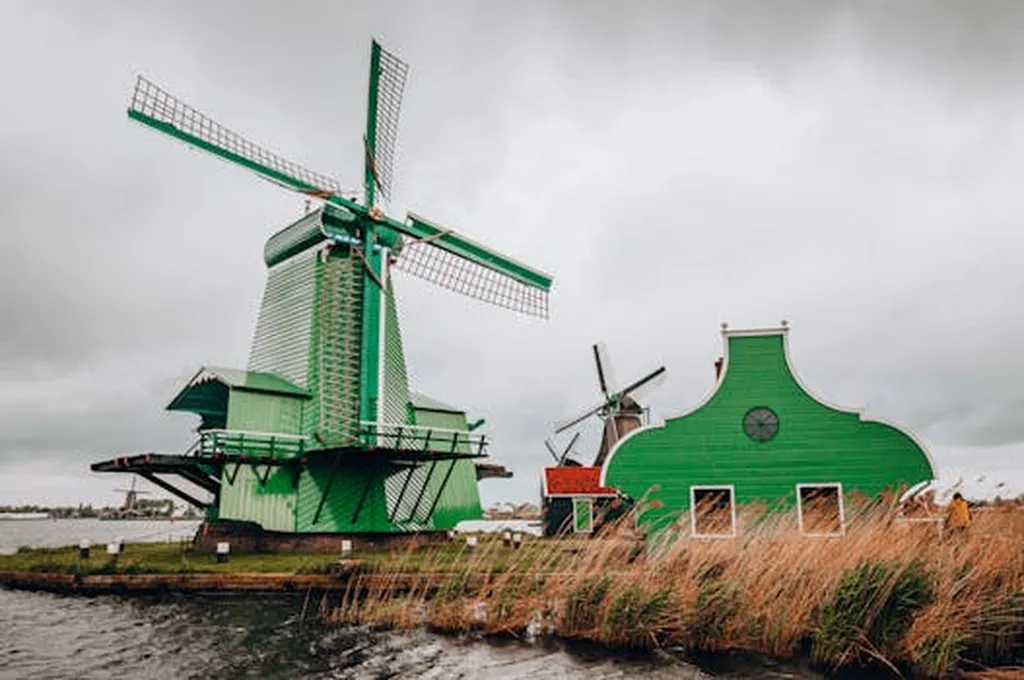In the heart of Italy, researchers are uncovering a treasure trove of sustainable strategies that could revolutionize the way we think about rural heritage and energy efficiency. At the forefront of this endeavor is Stefano Bigiotti, a professor at the University of Tuscia, who has been delving into the world of eco-efficient retrofitting of rural dwellings. His recent study, published in the journal *Energies* (which translates to “Energies” in English), offers a fresh perspective on how we can preserve our cultural heritage while also making strides in sustainability.
Bigiotti’s work is rooted in the belief that vernacular architecture in rural contexts is not just a relic of the past, but a living, breathing entity that can adapt and evolve with the times. “Vernacular architecture embodies historical, cultural, and typological values worthy of preservation,” Bigiotti explains. “But it’s not just about preserving the past; it’s about making it relevant for the future.”
The study, which involved a systematic review of 115 scientific contributions, identified four key areas of focus: landscape relationships, seismic and energy retrofitting, construction techniques and innovative materials, and morphological-typological analysis. The results were striking, with over 50% of the strategies focusing on passive design, compatible materials, and low-impact techniques. This shift towards passive design strategies could have significant implications for the energy sector, as it opens up new avenues for energy-efficient building practices that are both sustainable and cost-effective.
One of the most compelling aspects of Bigiotti’s research is its potential to shape future developments in the field. By identifying replicable methodological models that combine sustainability, cultural continuity, and functional adaptation, the study offers a roadmap for future operational guidelines. This could pave the way for a new era of eco-efficient retrofitting, where the preservation of cultural heritage goes hand in hand with energy efficiency and sustainability.
The commercial impacts of this research are far-reaching. For the energy sector, it presents an opportunity to explore new markets and develop innovative solutions that cater to the unique needs of rural communities. It also highlights the importance of investing in research and development to stay ahead of the curve in the rapidly evolving field of sustainable construction.
As we look to the future, Bigiotti’s work serves as a reminder that the key to sustainable development lies in striking a balance between preserving our cultural heritage and embracing technological innovation. By doing so, we can create a future that is not only energy-efficient but also rich in cultural diversity and historical significance.

